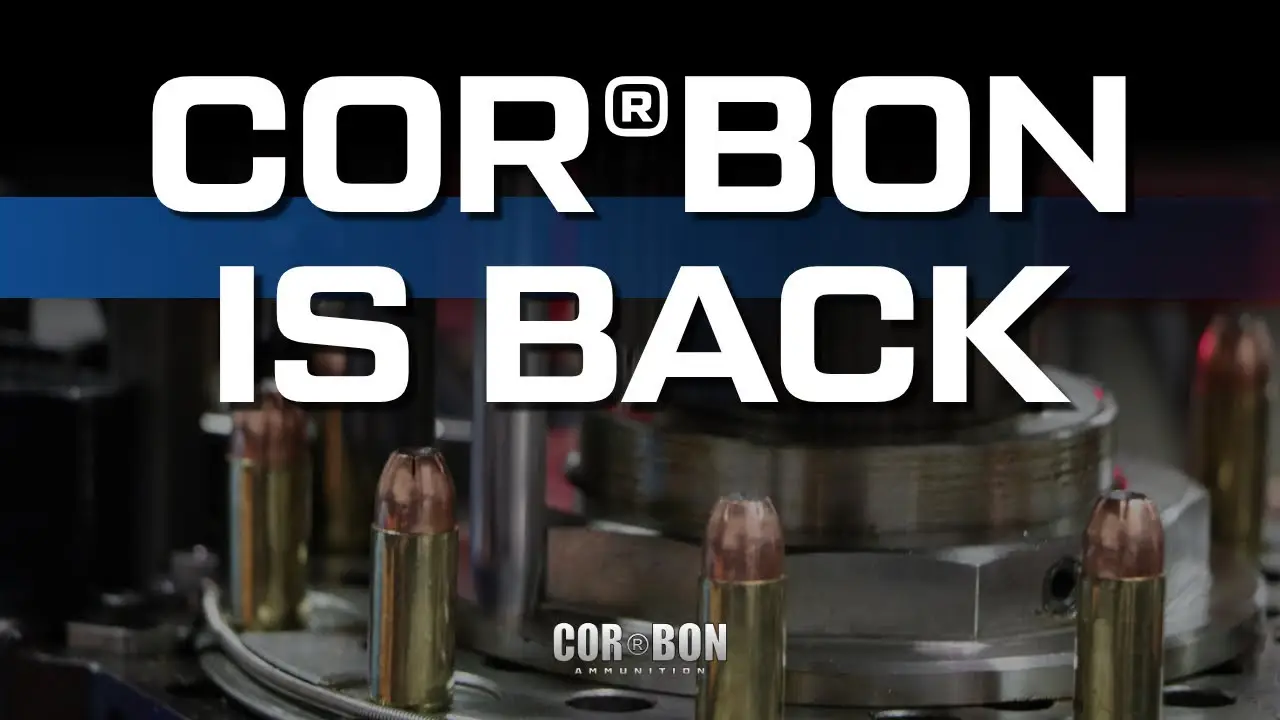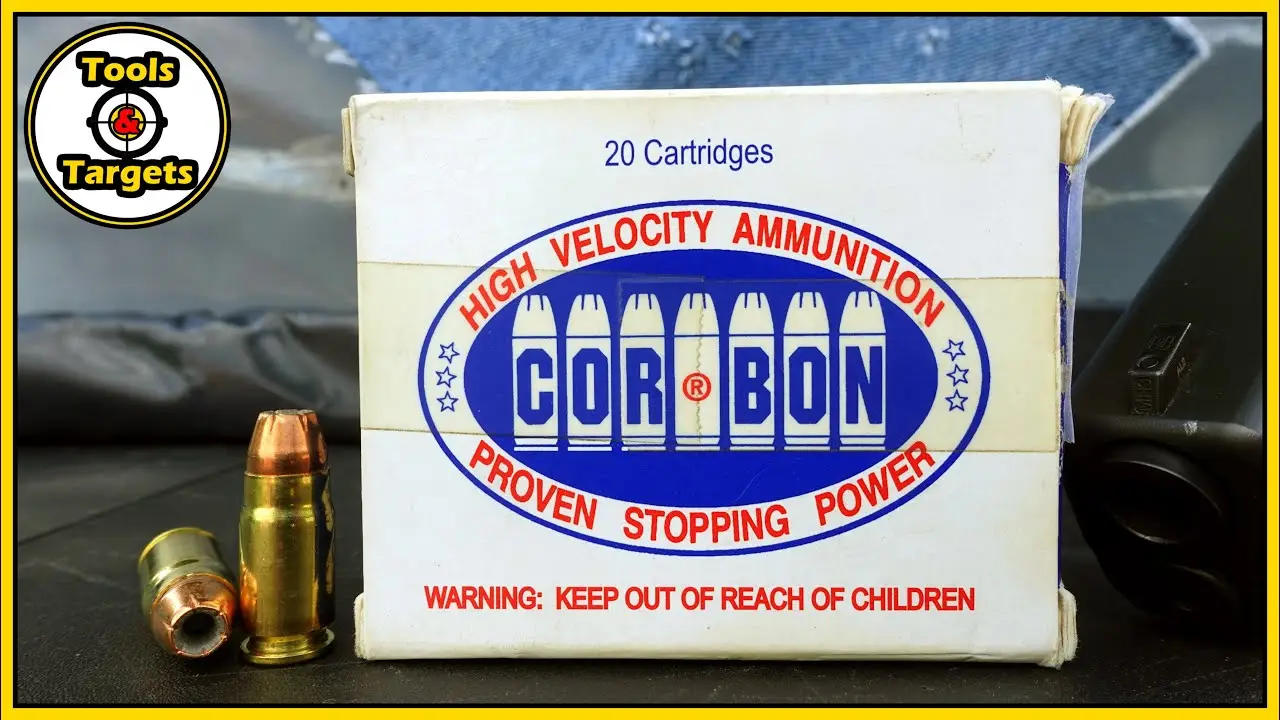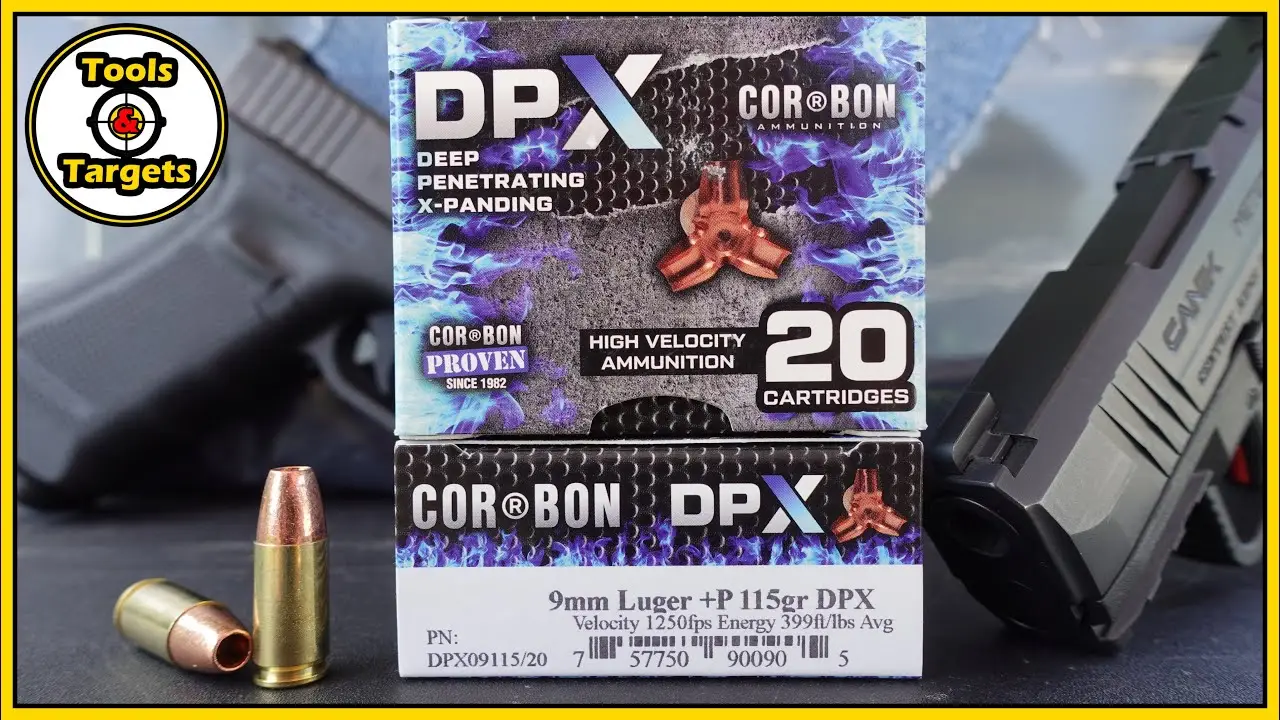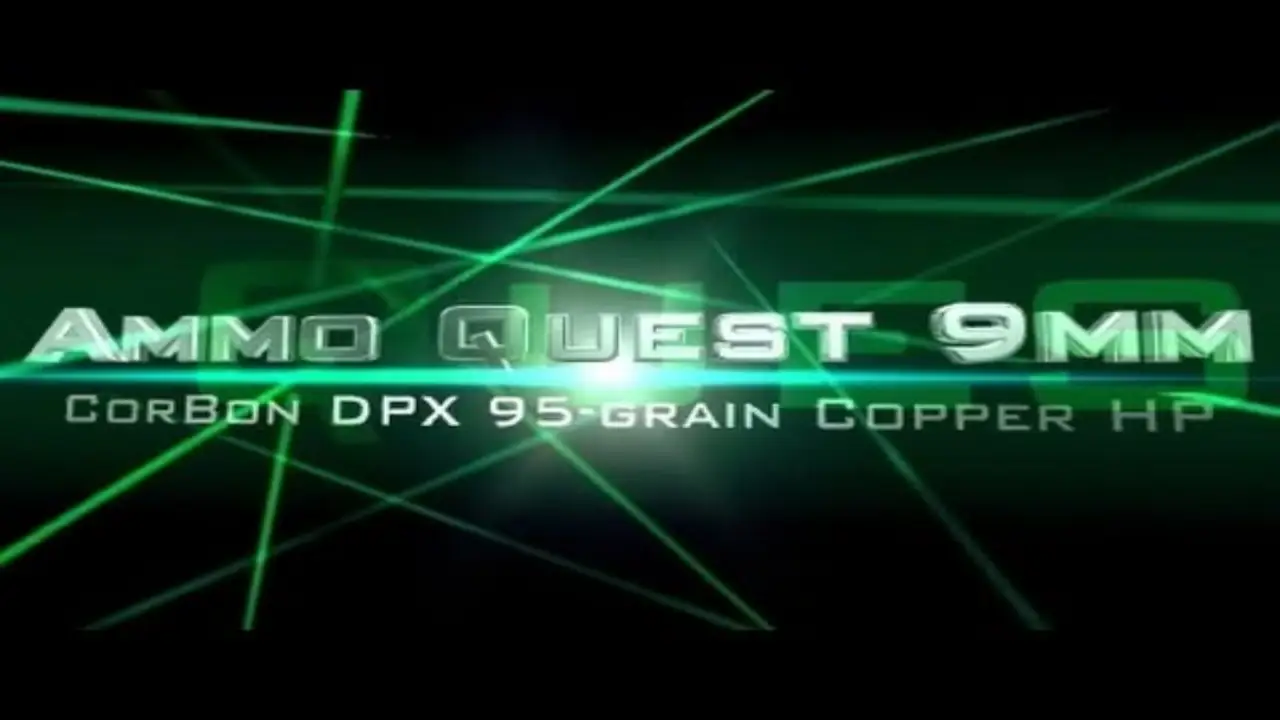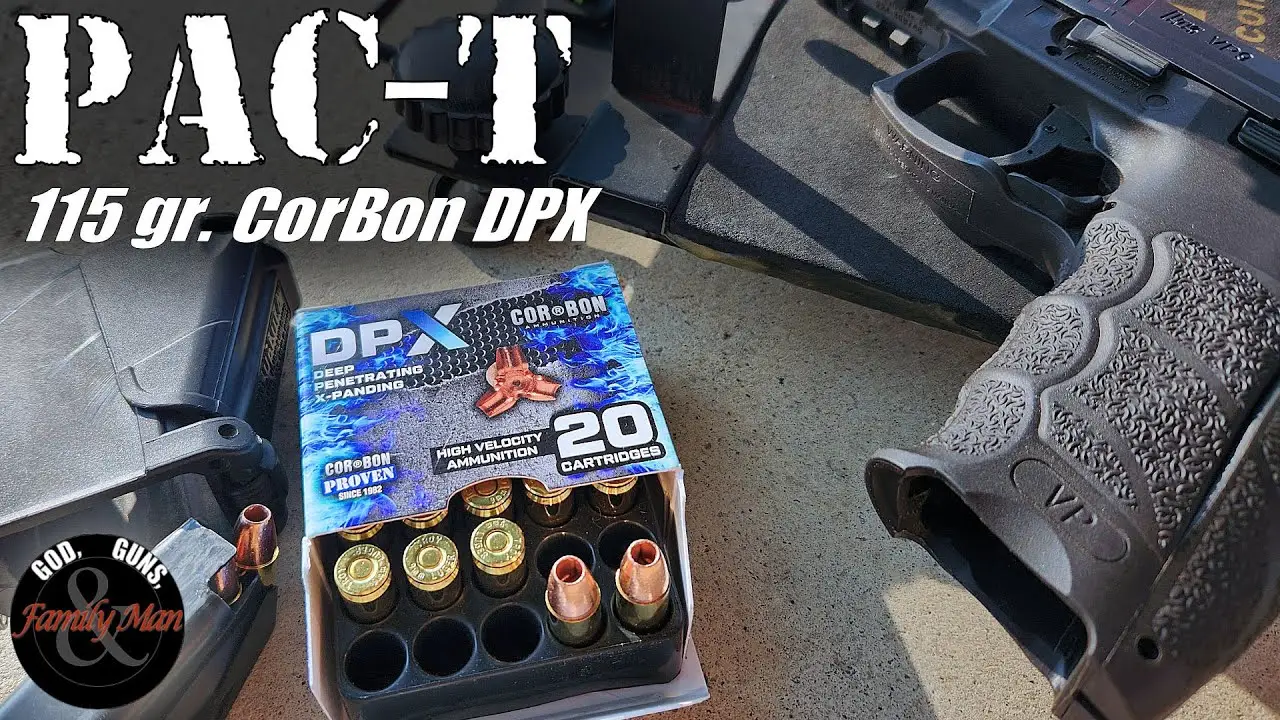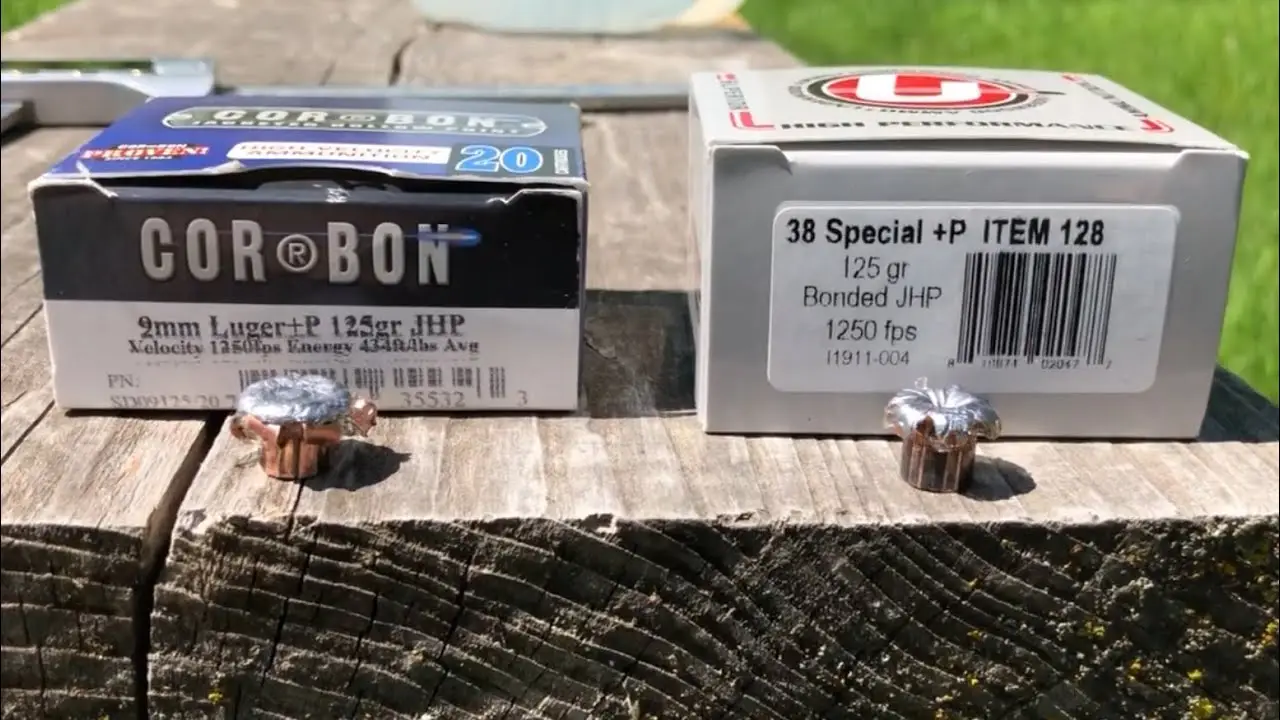.357 Sig vs .357 Magnum Ballistic Gel Test – Corbon JHP Performance Results
Few handgun calibers spark as much debate as the .357 Sig and the .357 Magnum. Both have earned respect for their speed, power, and proven performance in self-defense and law enforcement. To see how they truly compare, a detailed ballistic gel test was done using Corbon Jacketed Hollow Point (JHP) ammunition.
The outcome shows just how close these two powerful cartridges perform—and where each one stands out.
Test Setup and Equipment
This test recreated real-world defensive shooting conditions to give an accurate look at terminal performance.
Firearms Used:
-
.357 Sig: Glock 31 (full-size, 4.5-inch barrel)
-
.357 Magnum: Ruger Single Six (4-inch barrel)
Ammunition Used:
-
.357 Sig: 125-grain Corbon JHP rated at 1,425 feet per second (fps) with 564 foot-pounds (ft-lbs) of energy.
-
.357 Magnum: 140-grain Corbon JHP rated at 1,300 fps and 525 ft-lbs of energy.
A 10% ballistic gel block was covered with four layers of cotton t-shirt material to simulate clothing. A water jug backstop sat behind the gel to capture rounds that passed through.
Each shot was fired from 15 feet, and a chronograph recorded the impact velocity.
.357 Magnum Ballistic Gel Results
The .357 Magnum fired a heavier 140-grain JHP that hit the gel block at 1,246 fps. On impact, it created a large, star-shaped entry hole and an impressive stretch cavity measuring about 2.5 inches from top to bottom.
The round completely passed through the first gel block and penetrated into a second jug, showing strong momentum and deep penetration. Inside the gel, the bullet began expanding almost instantly, carving deep, destructive channels.
When recovered, the .357 Magnum bullet showed perfect mushroom expansion, with its petals folding neatly back around the base.
Even with its slower speed, the heavier bullet kept its power through impact. Its ability to deliver deep, controlled penetration reinforced why the Magnum remains a trusted choice for revolver users.
.357 Sig Ballistic Gel Results
The .357 Sig was designed to bring Magnum-like power to a semi-automatic pistol, and this test proved how well it performs.
Firing a 125-grain Corbon JHP, it struck the gel block at 1,418 fps—just under its rated speed.
The result was dramatic. The round created a massive stretch cavity roughly 2.5 inches deep, nearly identical to the Magnum’s. It punched cleanly through the gel and entered the first water jug, where it was recovered nearby.
Inside the block, the Sig delivered a violent energy transfer, leaving behind deep spiral cuts and a highly uniform wound channel.
The bullet expanded beautifully, losing a few petals but maintaining its shape. When recovered, it showed a textbook mushroom profile, proving the Sig’s consistency and excellent expansion.
Velocity vs. Penetration: The Real Difference
Both rounds impressed in every measurable way, but their differences came down to how they deliver energy.
The .357 Sig’s faster velocity caused a more immediate energy dump, producing slightly wider stretch cavities and rapid expansion. This makes it ideal for self-defense where quick energy transfer can stop threats fast.
The .357 Magnum, with its heavier bullet, produced deeper penetration and stronger momentum. This round is perfect for barrier penetration or for those who prefer a cartridge that drives further into the target.
Even though the two calibers behaved differently, both left behind nearly identical wound diameters and expansion patterns—proving the high performance and reliability of Corbon’s JHP ammunition.
Recovered Bullets and Expansion
When both bullets were recovered, they looked remarkably similar.
The .357 Magnum maintained excellent weight retention and an even mushroom shape. The .357 Sig expanded just as effectively, though its higher speed caused a bit more petal separation.
Inside the gel, both rounds began expanding roughly a quarter inch after entry. Each pulled bits of the t-shirt fabric into the wound channel.
The internal view showed deep spiral cuts, with the Sig creating a slightly more aggressive pattern.
These results confirmed that both calibers deliver excellent terminal performance—creating devastating wound channels while keeping penetration within ideal defensive limits.
Two Powerhouses, Two Different Purposes
This ballistic comparison highlights how close these two rounds really are, even though they come from very different firearm designs.
The .357 Sig offers the speed and convenience of a modern semi-automatic platform. It delivers lightning-fast expansion and slightly wider cavities—perfect for shooters who want velocity and precision.
The .357 Magnum remains a classic revolver powerhouse. It hits harder, penetrates deeper, and keeps its reputation as one of the most dependable defensive calibers ever made.
Both rounds are capable of delivering life-saving power. The decision comes down to whether the shooter values speed and expansion or weight and penetration.
Conclusion
This .357 Sig vs .357 Magnum ballistic gel test proves that both cartridges are top-tier defensive options.
The .357 Sig excels in velocity, energy transfer, and expansion. The .357 Magnum dominates in penetration, weight, and consistent stopping power.
Either choice provides exceptional accuracy, power, and reliability. Both rounds stand among the most effective handgun calibers in the world—each offering a perfect balance of speed, strength, and precision.

John Doe
Lorem ipsum dolor sit amet consectetur adipiscing elit dolor

